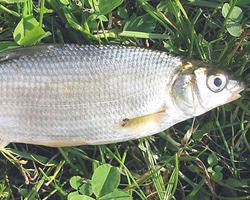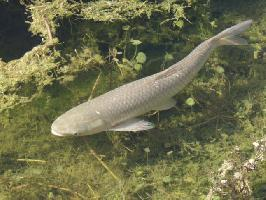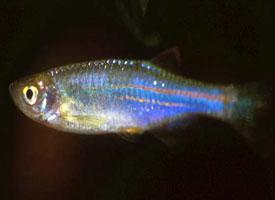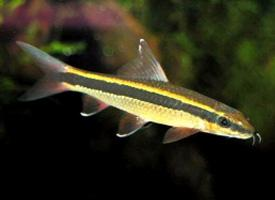
Greutăți și măsuri
| Lungime | 50 cm |
|---|---|
| Greutate | de la 1 la 3 kg |
Starea de conservare
| Amenințat |
Descrierea animalului
The Vimba bream (Vimba vimba), also commonly known as the vimba or vimba vimba, is a captivating species of freshwater fish belonging to the Cyprinidae family, which is renowned for its diverse and widespread members including carps and minnows. This species showcases a unique blend of resilience and adaptability, thriving in a variety of aquatic environments across Europe and parts of Asia.Morphologically, the Vimba bream presents a slender, elongated body that is highly streamlined, facilitating efficient navigation through both slow-moving rivers and faster currents. Adults typically reach lengths of about 25 to 40 centimeters, though some specimens have been recorded at lengths exceeding 50 centimeters, demonstrating the species' potential for considerable growth under optimal conditions. The body of the Vimba bream is predominantly silver in color, with a darker, almost bluish or greenish hue adorning the back, seamlessly transitioning to lighter shades on the sides and belly. This coloration not only serves as an effective camouflage against predators when viewed from above but also reflects the fish's elegance and beauty.
One of the distinguishing features of the Vimba bream is its pronounced, downturned mouth, which is specially adapted for bottom-feeding. This anatomical characteristic enables the fish to efficiently forage on a diet comprising mainly of invertebrates, small mollusks, and occasionally plant matter, making it a versatile feeder within its aquatic ecosystems. Additionally, the species is equipped with a single, long dorsal fin and a deeply forked caudal (tail) fin, attributes that contribute to its agility and speed in the water.
The reproductive habits of the Vimba bream are particularly fascinating. The species undertakes significant spawning migrations in the spring, moving from its feeding grounds in lakes and slower rivers to spawn in the fast-flowing waters of tributaries. This reproductive strategy not only ensures the dispersal of their offspring but also places the eggs in environments with higher oxygen levels and reduced predation risks. Females are known to lay thousands of eggs, which are then fertilized externally by the males. After spawning, the adults return to their original habitats, leaving the next generation to hatch and eventually make their own journey downstream.
The Vimba bream's distribution is notably wide, spanning across much of Eastern and Central Europe and extending into the western parts of Asia. The species has shown a remarkable ability to adapt to various water conditions, inhabiting everything from large rivers and lakes to smaller streams and reservoirs. Despite this adaptability, the Vimba bream faces threats from habitat destruction, pollution, and overfishing in some areas of its range, highlighting the need for continued conservation efforts to ensure its survival.
In summary, the Vimba bream is a species of great ecological and biological interest. Its elegant appearance, intriguing behaviors, and broad distribution make it a notable subject of study within the field of freshwater biology. As efforts to understand and conserve freshwater ecosystems continue, the Vimba bream stands as a symbol of the beauty and complexity of aquatic life.
Animale similare
Fotografii noi cu animale
Top 10 animale
- Dolphin gull (Leucophaeus scoresbii)
- Diana monkey (Cercopithecus diana)
- Moustached guenon (Cercopithecus cephus)
- Galápagos tortoise (Geochelone nigra complex)
- Japanese macaque (Macaca fuscata)
- Stone loach (Barbatula barbatula)
- Russian tortoise (Testudo horsfieldii)
- Greek tortoise (Testudo graeca)
- Common flying dragon (Draco volans)
- Vendace (Coregonus albula)


